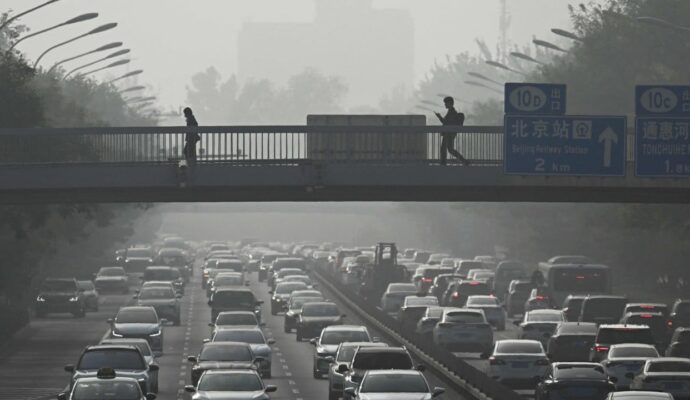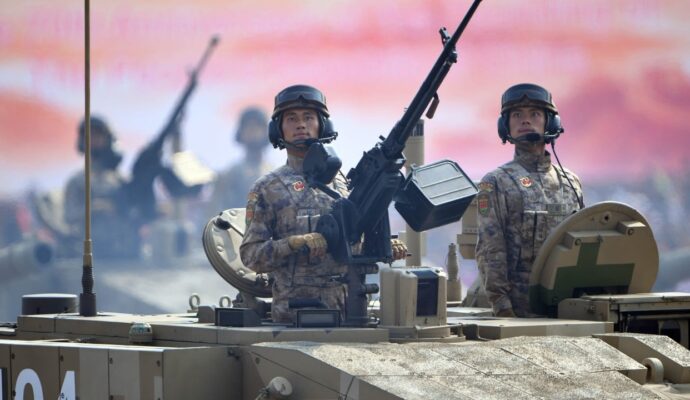China’s eastern economic powerhouse of Jiangsu has revealed a contracting labour force and reduced demand by manufacturing and foreign companies, in addition to unrelenting youth unemployment, highlighting grim economic prospects and an underpowered recovery.
Disheartened by the slew of disappointing economic indicators, market expectations for China’s economic data release next week are low, with Beijing tasked with shoring up the stalling economy amid sluggish domestic and external demand.
“At the end of June, employment by manufacturing enterprises fell by 119,000 compared to the same period last year, and the actual working hours of front-line workers decreased, while wages also declined,” according to a report published last week by the provincial Development and Reform Commission. The report was removed from the official website on Friday.
Is the worst over? 4 takeaways as China’s deflation worries grew in July
Is the worst over? 4 takeaways as China’s deflation worries grew in July
Jiangsu, which is also China’s second wealthiest province, pointed to dwindling market demand, falling factory prices, as well as weak profits and expectations, which have forced manufacturers to be more cautious about hiring and dampened their motivations to expand production and employment.
The report added that in the first six months of the year, nearly 70 per cent of large scale foreign trade oriented companies reported falling export orders, which was the highest in recent years.
The number of employees also dropped by 130,000 and 147,000 for foreign trade and foreign invested companies at the end of June, respectively, compared to the same period last year.
Advertisement
In contrast, labour demand grew in services sectors and research and technology industries in the first six months of the year, the report added, pointing to an uneven recovery.
As the global economy stalls, geopolitical tensions rise and the trend of supply chain relocation consolidates, China’s role as the world’s factory is being challenged.
Advertisement
“The inflation levels at major developed economies remain at elevated levels, while the sustained interest rate hikes have dampened investment and consumer demand, while the ongoing weakening of external demand continues to impact international trade,” added the report.
China’s exports to remain weak until 2024: 4 takeaways from July’s trade data
China’s exports to remain weak until 2024: 4 takeaways from July’s trade data
The World Trade Organization forecasts the volume of global goods trade will grow by 1.7 per cent this year, significantly below the 2.6 per cent average over the past 12 years.
Advertisement
Both international and domestic economic conditions are seen to be exerting continued pressure on the labour demands of foreign trade enterprises.
The report said Jiangsu created the highest number of new jobs, over 700,000 positions, across all of China’s provinces in the first half of the year. But the grim economic situation mirrors the country’s overall outlook.
Jiangsu also reported a grave youth unemployment outlook due to “the mismatch between the [wishes of] the youth, and the labour market demand, the structural unemployment challenges, as well as the underemployment of highly educated graduates, which crowded out vocational school and junior college graduates”.
Advertisement
Looking ahead, labour demands in certain manufacturing sectors might rise seasonally due to the global electronic product updates and iterations in the autumn, while some manufacturers could double their normal labour demands, the report said.
Structural challenges, though, remain as companies are increasingly seeking technically equipped workers as automation levels evolve, and despite the surplus of ordinary workers, the availability of senior technicians is limited.
Advertisement



